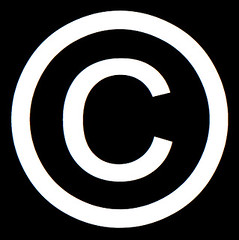
Cover of The Adventures of Sherlock Holmes (Photo credit: Wikipedia)
You’ve probably heard of Sherlock Holmes. He was Arthur Conan Doyle’s most famous fictional creation. But there’s something you may not know.
Sherlock Holmes may have been based on a real person. When Conan Doyle was at school, he had a friend named George Budd.
George, like Sherlock, was very intelligent, and not much of a “touchy-feely” people person. However, he did manage to become a very successful doctor.
And, his methods, were, to say the least, rather unusual.
Behaving badly to get more business
First, he treated his patients rather poorly. He’d keep them waiting for hours. Then, when he did see them, he’d frequently yell at them.
Sometimes he pushed them. Or refused to see them at all.
One more thing.
Visits were free. This might explain why people put up with his rude behavior, but how could he possibly support himself by being unpleasant and not charging a fee?
The exams were free. No charge. But, everyone got a prescription, and the pills and potions were for sale down the hall from his office.
Why did people buy them? There was no requirement to do so.
The reciprocity principle
It worked because George also knew something about human psychology. When someone helps us or gives us something, we feel obliged to return the favor.
It’s called the reciprocity principle. Think about it for a minute.
If someone compliments you on your slick new Iron Man Macbook decal, you feel almost compelled to tell them you like something they have. When someone invites you to dinner, you later feel obligated to invite them back to your own home.
Reciprocity is wired into our psyches
It’s part of every society, regardless of where you live. It even happens when it may not seem to make much sense. Back in 1985, Ethiopia was suffering from starvation, drought, and an economy in terrible condition. Yet, they donated $5,000 to Mexico to help with earthquake relief.
The reverse would make sense, but why would Ethiopia, a country that could hardly feed its own people, send money to Mexico. It turns out that Mexico had sent a donation to Ethiopia in 1935, when Ethiopia had been invaded by Italy. Ethiopia was simply reciprocating and returning the favor.
Free samples boost sales
Giving things away is a good way to make money. We’ve all gotten free pens, stickers, samples of conditioner and all manner of things sent to us by large corporations, direct marketers, and non-profits. You get the free address labels from Charity X, along with a letter asking for a donation. Or, a hair care company sends you a sample of shampoo.
Now that you’ve gotten that “free gift,” you’ll be more likely to make that donation or switch brands of shampoo. And it works too.
I’m not saying you should give away everything for free. Or that you should be rude to your customers as Dr. Budd was. Treat them well (they’ll be more likely to treat you well too).




